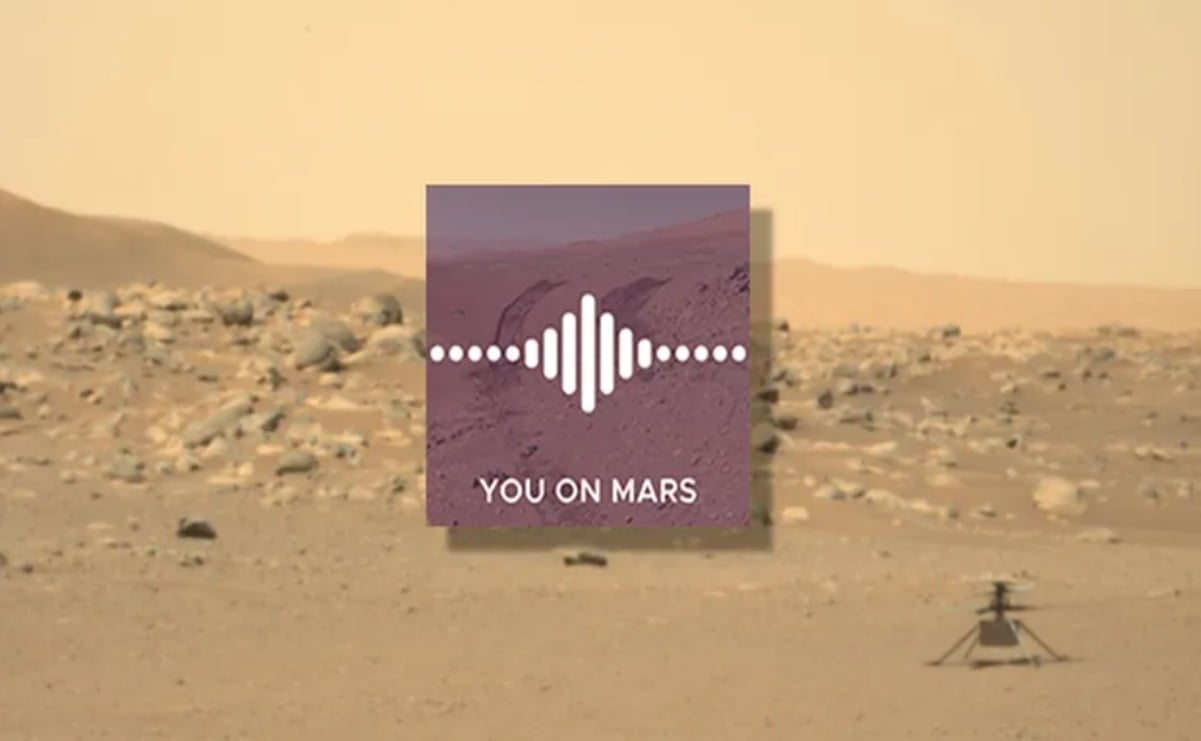According to measurements presented at the 53rd Congress of Lunar and Planetary Sciences at Los Alamos National Laboratory, there is not a single speed of sound on Mars, as there is on Earth. This is because the stated speed can vary depending on the temperature and density of the medium.
These are conclusions that researchers from the National Aeronautics and Space Administration (NASA) have been able to reach, thanks to data collected by Perseverance, which with two microphones were able to record the sounds of the Red Planet for the first time.
Scientists have discovered that the speed of sound on Mars is 240 meters per second, which is less than the speed of sound on the planet in which we humans live – sound on Earth travels at a speed of 340 meters per second.
Read also: COVID-19. What are the variables that cause the new wave?
In order to understand how the properties of this planet’s atmosphere will affect the way we sound, NASA has created the Interactive Martian Sound Experiment, a web page where anyone can record and hear their voice if they are on Mars soil.
“If we were standing on Mars, we would hear a quieter and quieter sound than we would on Earth. The atmosphere is quite different. But the biggest change in sound would be the high pitched sounds, louder than most.”
They added: “Some sounds we are used to on Earth, such as whistles, bells or birdsong, would be nearly inaudible on Mars.”
Getting to experience is simple. All you have to do is go to the website mentioned above, select the You on Mars option and record a short message of max 10 seconds which can then be downloaded for unlimited listening.
Scientists at the SuperCam microphone on the persistence mission took into account the three main variables of atmospheric temperature, density and chemistry to generate these sounds, with a simulated distance of about 492 feet (150 meters) between the sound source and the listener.
Read also: Specialists compare monkeypox vaccines

“Problem solver. Proud twitter specialist. Travel aficionado. Introvert. Coffee trailblazer. Professional zombie ninja. Extreme gamer.”



More Stories
With a surprise in the case: a strange cell phone from Nokia was introduced
PlayStation Stars: what it is, how it works and what it offers to its users | Sony | video games | tdex | revtli | the answers
t3n – Digital Pioneers | digital business magazine